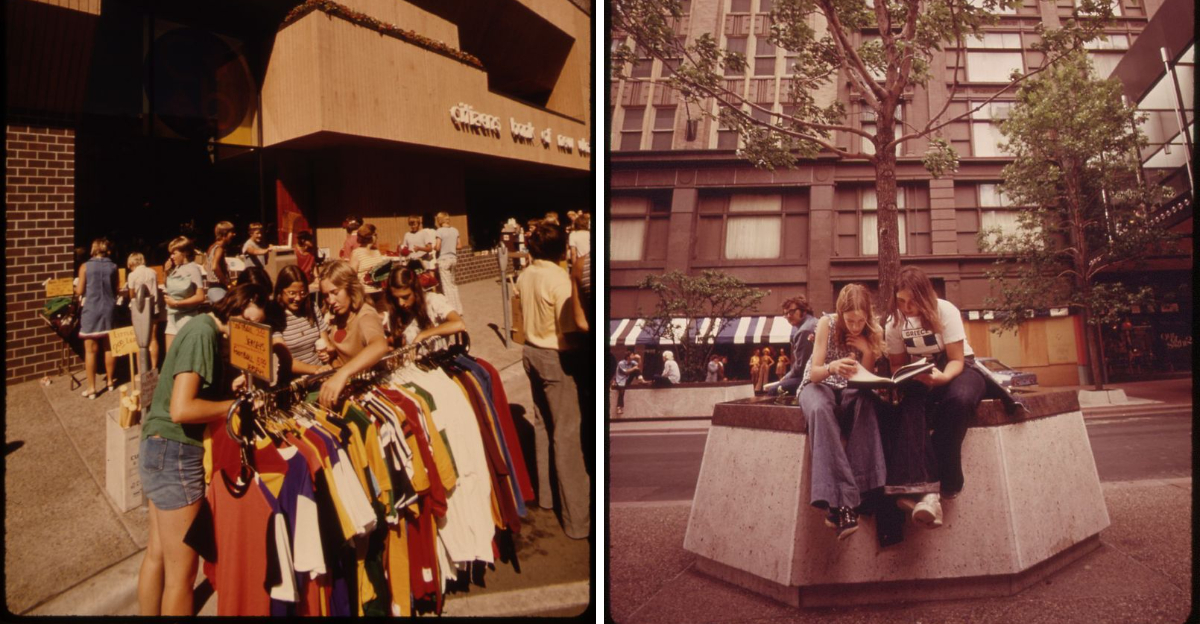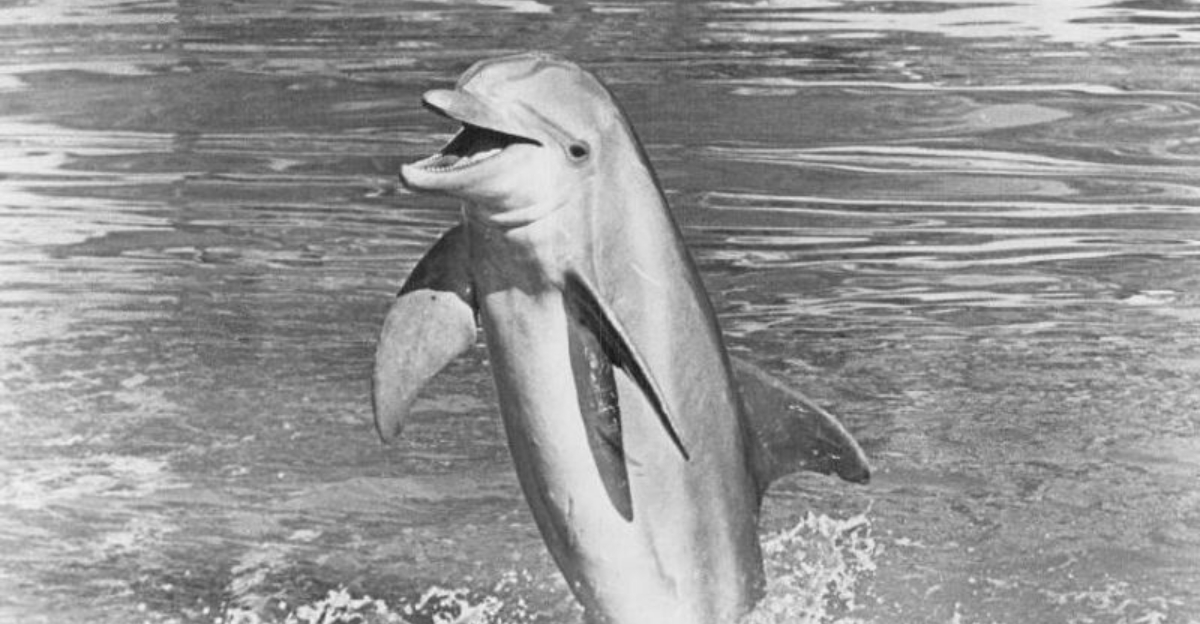11 Fast Food Chains That Vanished Before We Got One Last Bite
Remember when grabbing a burger meant choosing between dozens of colorful chains, each with its own special sauce and signature style?
Many beloved restaurants that once lined busy highways and shopping centers have quietly disappeared, taking their secret recipes and nostalgic memories with them.
While some chains adapted and survived, others couldn’t keep up with changing tastes and fierce competition.
Join us on a delicious trip down memory lane as we revisit 11 fast food favorites that closed their doors forever.
1. Gino’s Hamburgers
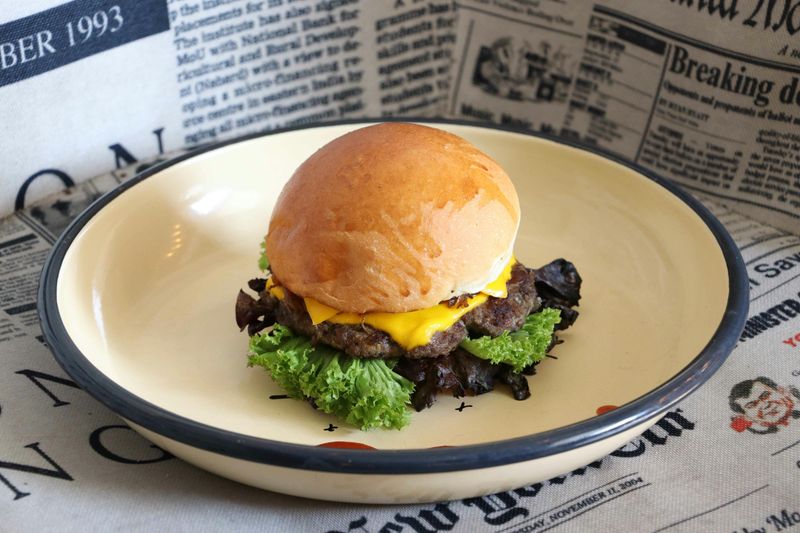
Baltimore native Gino Marchetti opened his namesake burger joint in 1957 after hanging up his football cleats. Football fans flocked to taste what the legendary defensive end was serving up.
At its peak, over 350 locations served hungry customers across the East Coast. Sadly, Marriott Corporation bought the chain in 1982 and converted most locations into Roy Rogers restaurants, erasing a beloved regional icon.
2. Howard Johnson’s Restaurants
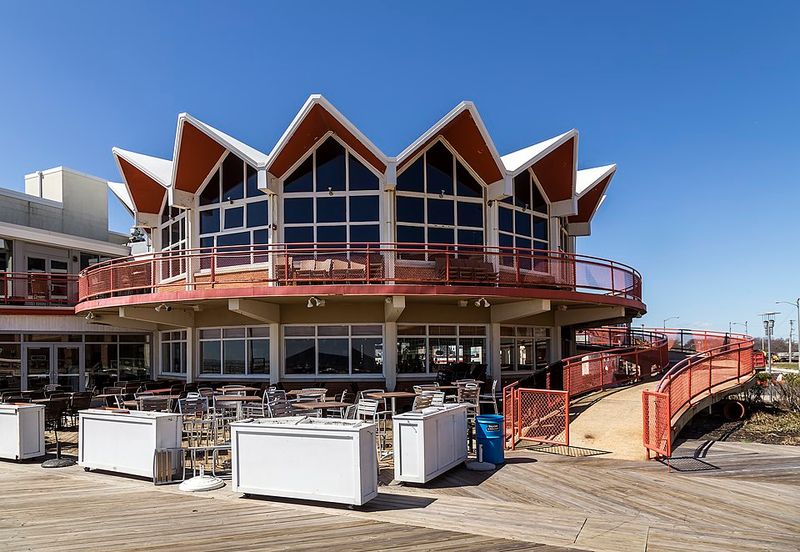
Orange roofs and 28 flavors of ice cream made HoJo’s a roadside sensation for generations of travelers. Families knew they could count on consistent quality whether stopping in Maine or Florida.
Highway culture changed as interstate rest stops evolved and competition intensified. By the early 2000s, the once-mighty chain dwindled to just a handful of holdouts before vanishing almost entirely from the American landscape.
3. Burger Chef
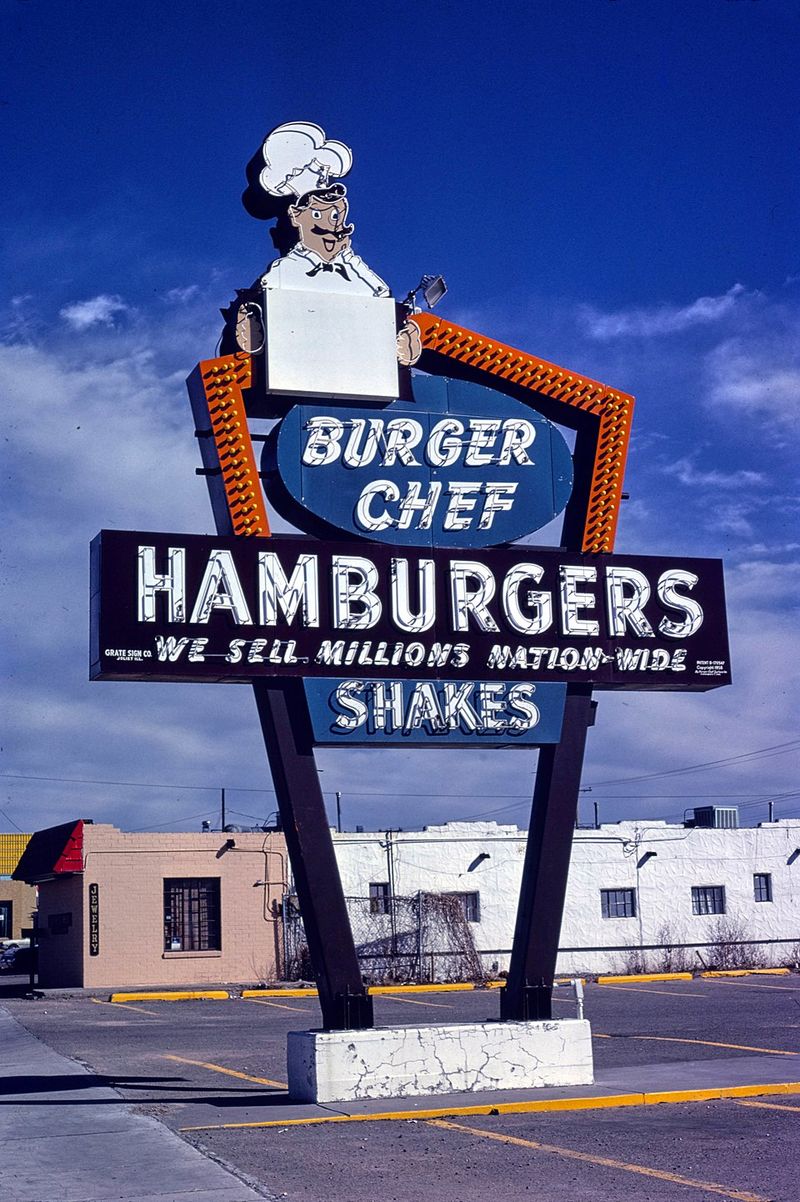
Invented before McDonald’s Happy Meal existed, the Fun Meal revolutionized how chains marketed to kids. Burger Chef actually pioneered the concept of bundling toys with children’s meals back in 1973.
Despite innovative ideas and over 1,000 locations nationwide, the chain struggled against burger giants. General Foods sold the struggling company to Hardee’s in 1982, which systematically converted or closed every single location by 1996.
4. Kenny Rogers Roasters
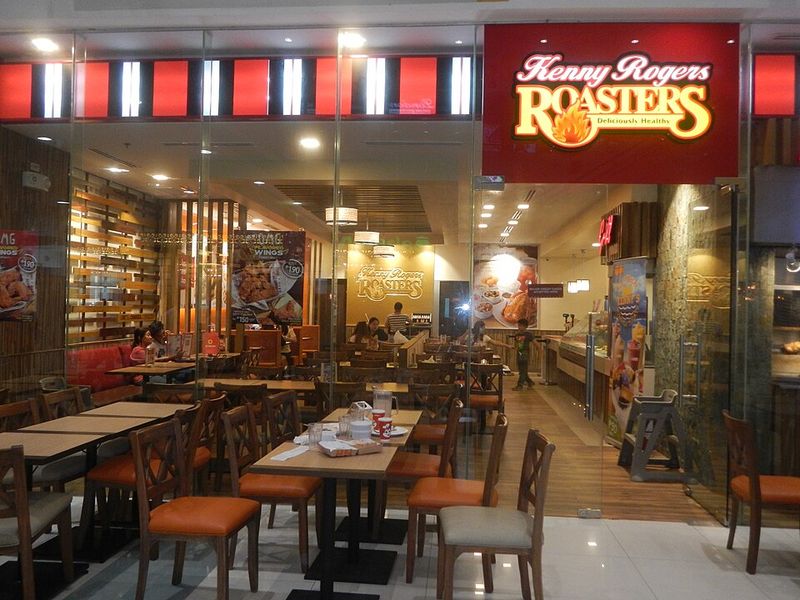
When a country music legend decides to roast chickens, you know something interesting is cooking. The Gambler himself co-founded this rotisserie chicken chain in 1991, riding the wave of healthier fast-casual dining.
American locations closed by the late 1990s due to financial struggles and oversaturation. Ironically, the brand thrives today throughout Asia, where wood-roasted chicken still draws devoted crowds daily.
5. Chi-Chi’s
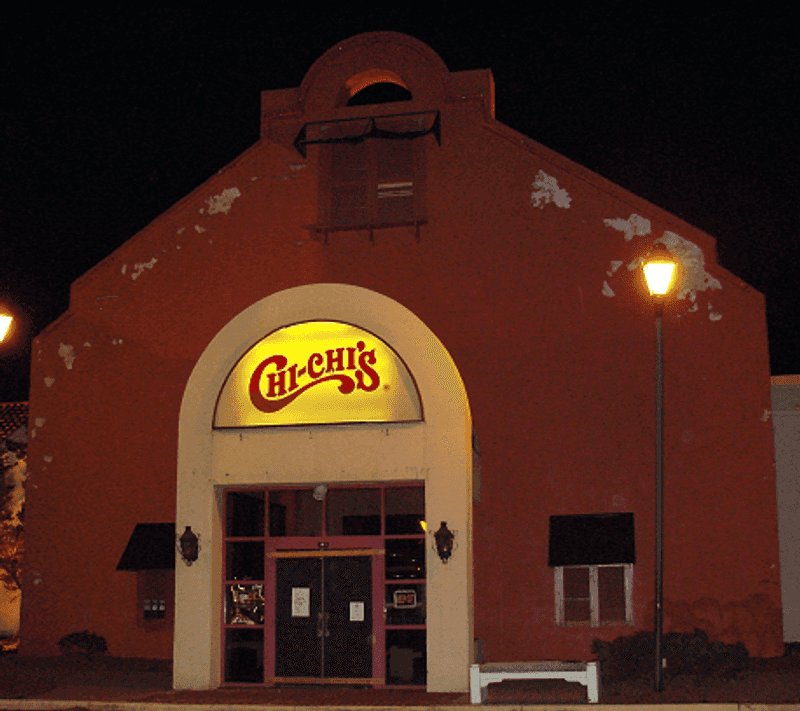
Sizzling fajitas arrived at tables with dramatic flair, making every meal feel like a fiesta. Founded in 1975, the chain brought Tex-Mex cuisine to Middle America before it became mainstream.
A devastating hepatitis A outbreak in 2003 at a Pennsylvania location sickened hundreds and killed several customers. The tragedy, combined with existing financial problems, forced the beloved chain to close all remaining U.S. restaurants permanently.
6. Lum’s
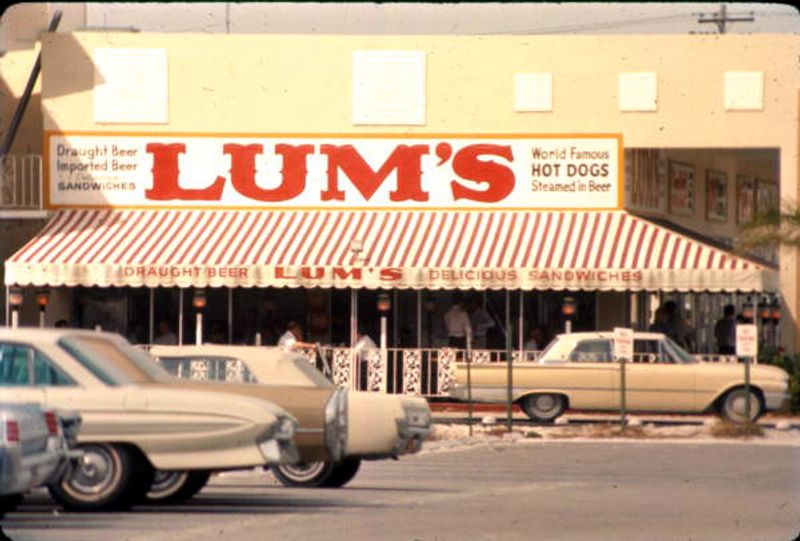
Hot dogs steamed in beer might sound unusual, but that quirky cooking method made Lum’s famous nationwide. The Miami-based chain expanded rapidly during the 1960s, attracting investors and burger-weary customers alike.
Overexpansion and inconsistent quality plagued the growing empire. Multiple ownership changes throughout the 1970s couldn’t save the struggling concept, and by the early 1980s, Lum’s had completely disappeared from American streets.
7. Pup ‘N’ Taco
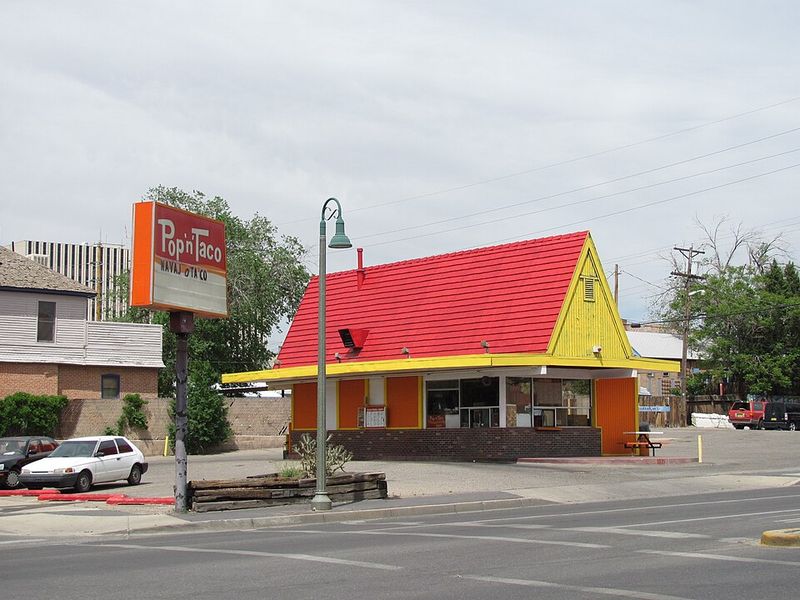
Craving both a hot dog and a taco? This California chain solved that dilemma perfectly with its dual-menu concept. Starting in 1956, Pup ‘N’ Taco became a West Coast staple with its quirky combination approach.
Taco Bell saw potential and purchased the chain in 1984, converting most locations. A few independent franchises held on through the 1990s, but eventually, the last Pup ‘N’ Taco disappeared forever.
8. Red Barn
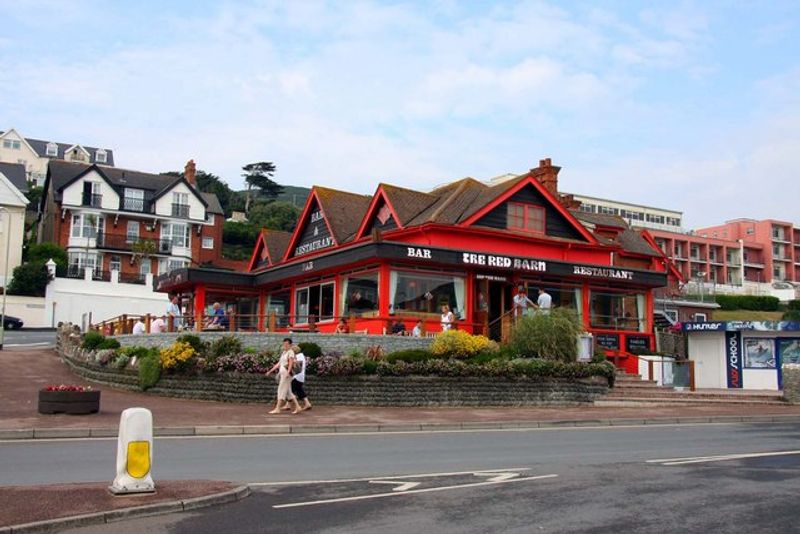
Shaped like actual barns, the buildings themselves became roadside attractions that kids begged parents to visit. Founded in 1961, the chain grew to over 400 locations across North America with its farm-fresh image.
Financial troubles hit hard during the 1970s as competition intensified. Most locations closed or converted to other brands by the late 1980s, though a few scattered outposts survived into the early 1990s.
9. Sambo’s
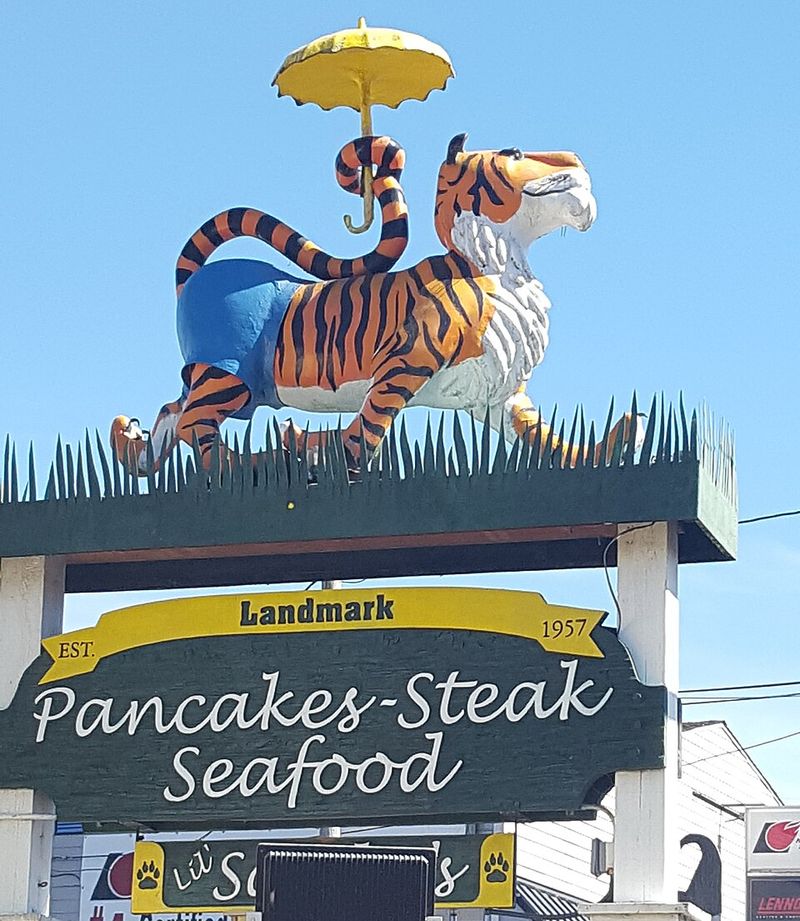
Pancakes and coffee drew crowds to over 1,100 locations at the chain’s 1979 peak. Founded in 1957 in Santa Barbara, the restaurant became a breakfast institution across America for two decades.
Controversy over the racially insensitive name sparked protests and boycotts throughout the 1970s. Combined with poor management decisions and economic downturns, the chain collapsed rapidly, with nearly all locations gone by the mid-1980s.
10. Steak and Ale
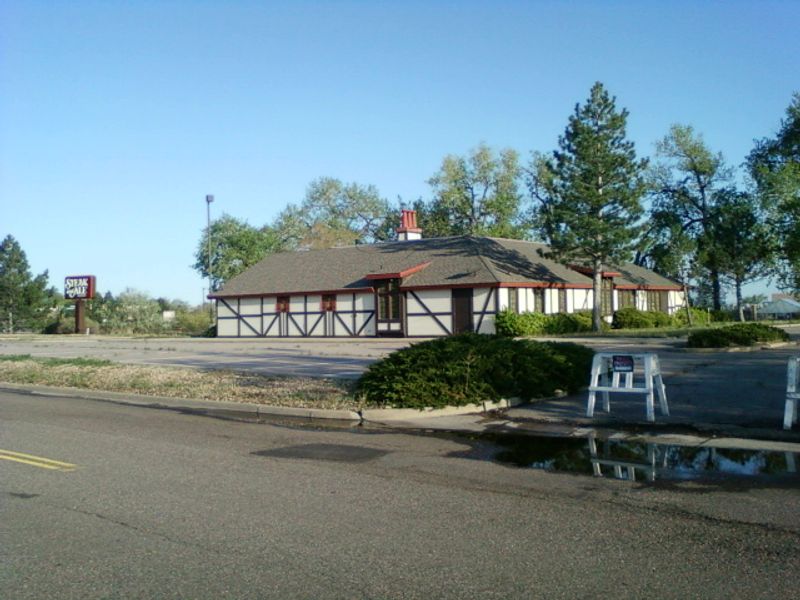
Salad bars became an American dining staple thanks to this innovative steakhouse chain. Founded in 1966, the restaurant pioneered the self-serve salad concept while serving quality steaks in a cozy, pub-like atmosphere.
Economic recessions and changing dining preferences hit the chain hard. After multiple ownership changes and bankruptcy filings, the last Steak and Ale closed in 2009, ending over four decades of service.
11. Bennigan’s (Original Chain)
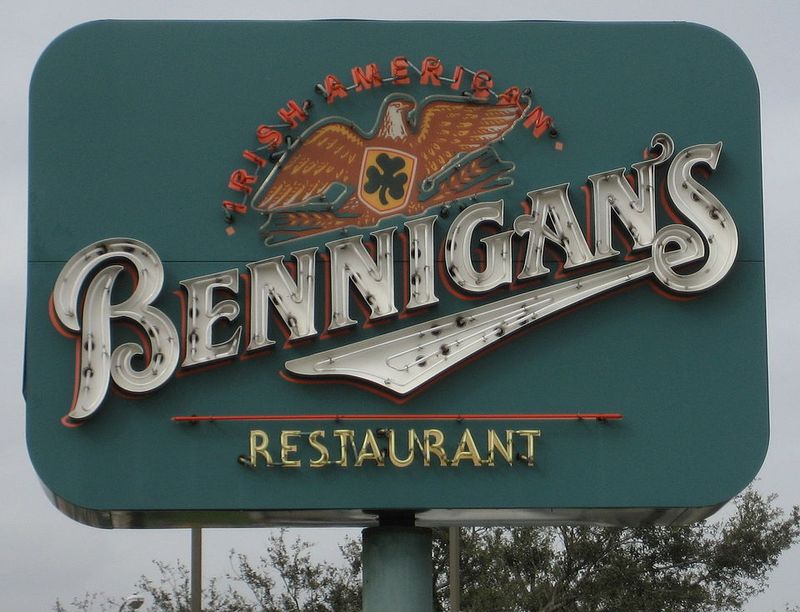
Monte Cristo sandwiches and loaded potato skins became menu legends at this Irish-themed casual dining spot. Opening in 1976, Bennigan’s rode the casual dining boom with over 150 company-owned locations nationwide.
The original corporation filed for bankruptcy in 2008, closing hundreds of restaurants almost overnight. While some franchises reopened under new ownership, the original Bennigan’s experience vanished, leaving only memories and cravings.





